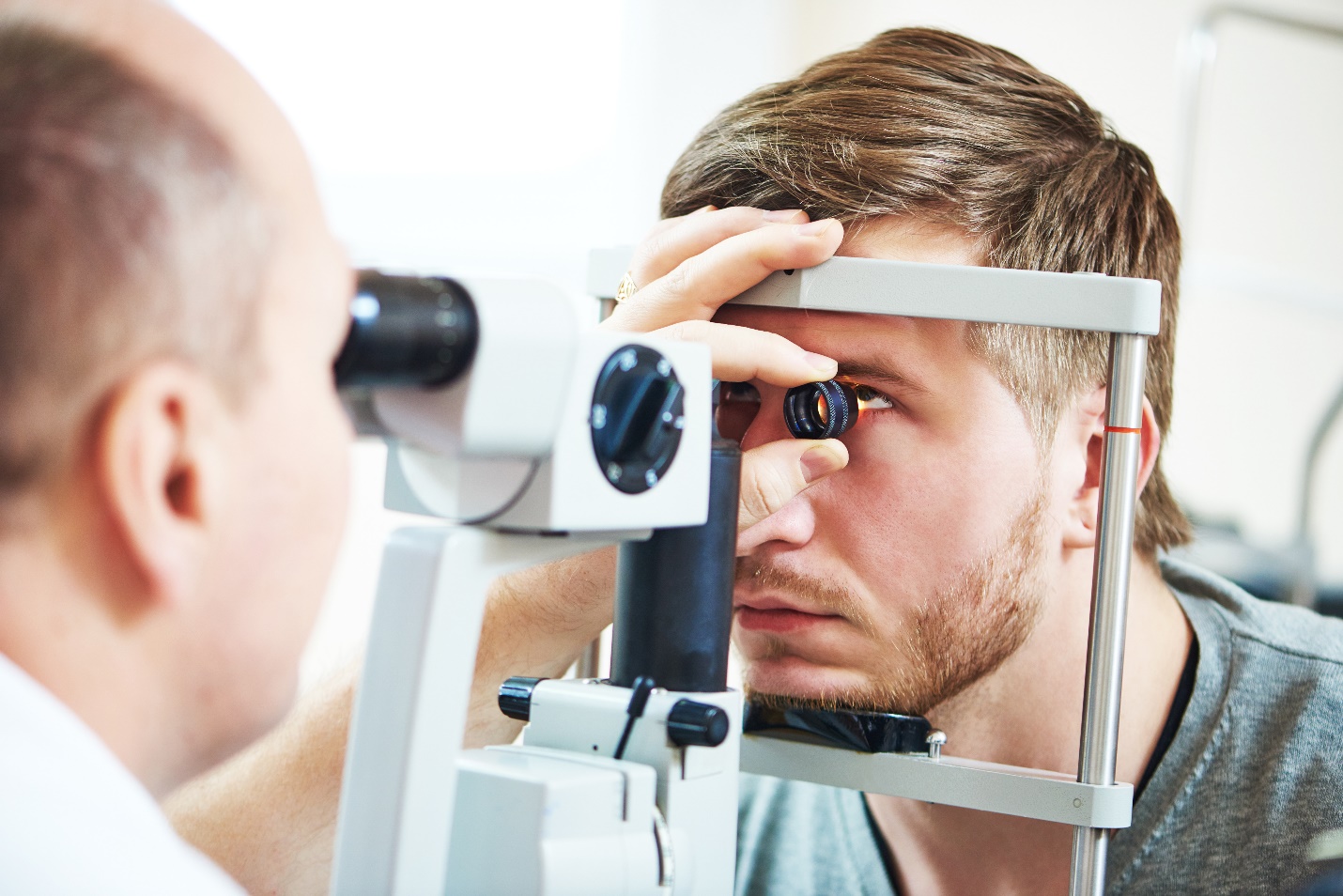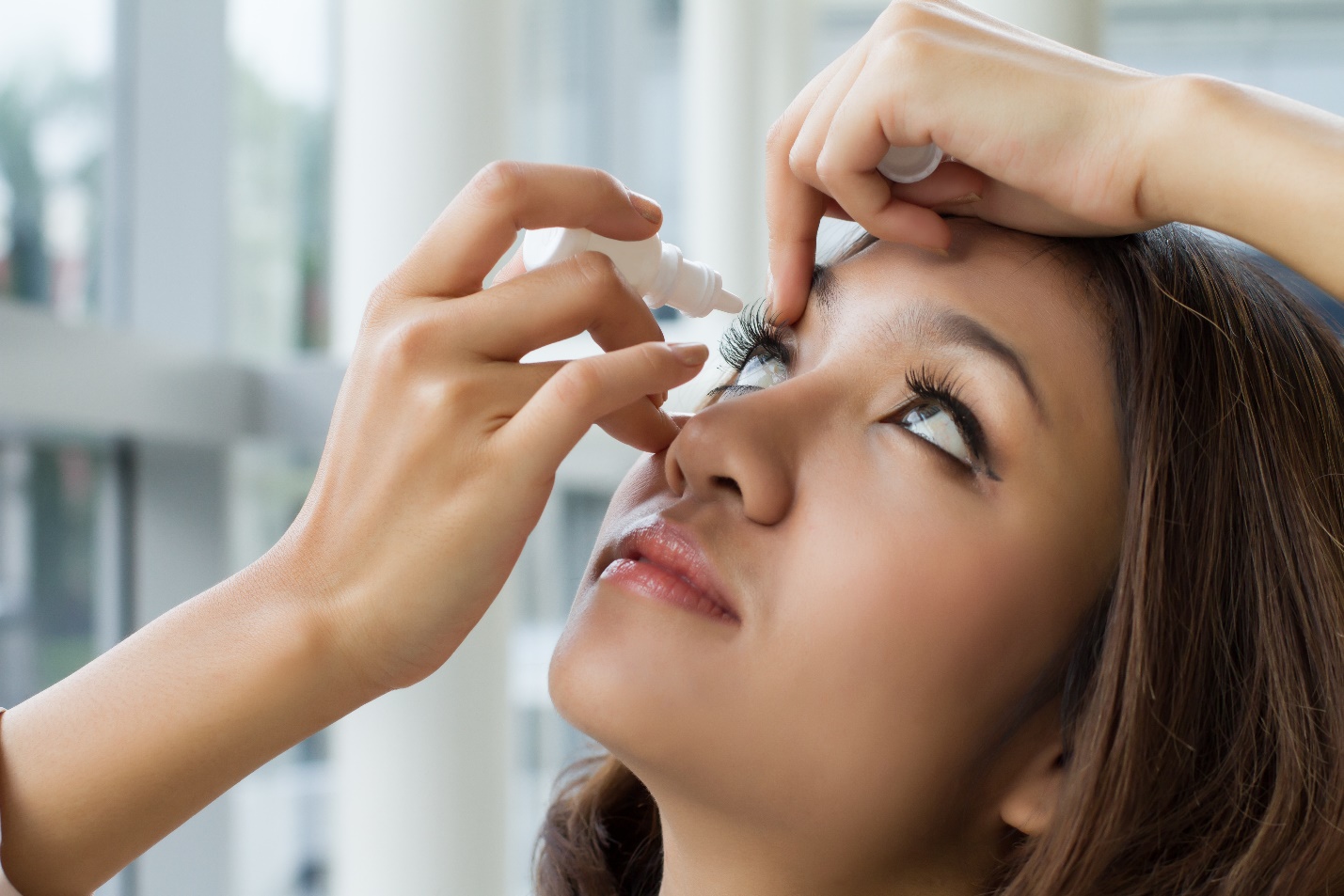There are many common eye diseases and disorders. According to the Centers for Disease Control and Prevention (CDC), 11 million people aged 12 and older in the U.S. require vision correction, and 3.3 million aged 40 and older are legally blind or living with low vision.1 Many eye disorders are age-related, but some can occur at any age. Glaucoma, cataracts, and macular degeneration are just some disorders an eye doctor will look for during an exam.
Glaucoma
Glaucoma is a rise in fluid pressure inside the eyes, although more recent findings suggest the disease can be present even if fluid pressure is normal. Open-angle glaucoma often has no symptoms until later stages. Closed-angle glaucoma often appears suddenly, with significant pain and vision loss.
Glaucoma symptoms often start as peripheral vision loss and progress to difficulties seeing in dim light and while walking. A glaucoma screening is performed by dilating the pupil; treatment options include regulating fluid production in the eye to glaucoma surgery.
Cataracts
With age, the lenses of the eye can become cloudy and less flexible. About half of Americans develop cataracts by age 75, according to the American Academy of Ophthalmology.2 However, they can occur at any age. Early signs of a problem include cloudy or blurred vision, seeing less vivid colors, or poor night vision. The only way to remove a cataract is through lens replacement surgery, which is performed through a small incision in the eye. This is one of the most common eye diseases and the leading cause of blindness worldwide.
Macular Degeneration
Age-related macular degeneration (AMD) involves damage to central vision, which is used for reading, driving, and other activities. Damage to the macula, or central part of the retina, affects one’s ability to see sharply. One form of AMD is wet AMD when blood vessels behind the retina grow abnormally and spread under the macula. Bleeding and fluid leakage can lead to rapid vision loss. The other is dry AMD, which is a thinning of the macula; it is the more common form and often triggers a gradual loss of vision.
Dry Eye
The eyes require sufficient moisture and lubrication to function normally. Dry eye syndrome is a chronic lack of moisture—in the form of water, oil, or mucus—on the eye’s surface, often resulting from a decline in tear production or poor tear quality. Dry eye can cause a burning sensation, sore eyes, blurred vision, or a gritty or sandy feeling in the eye. The eyes may be watery as well. Treatments range from eye drops to medications, to dietary changes or dry eye surgery in a physician’s office.
These are just a few common eye diseases. At ADV Vision Centers, we provide a range of ophthalmological services, including surgical options such as LASIK for vision correction and treatment for cataracts and glaucoma. Contact us today for world-class eye care on California’s Central Coast at our San Luis Obispo, Santa Maria, and Paso Robles locations. We can be reached at 805-987-5300, or you can schedule your free consultation online.
Sources:









